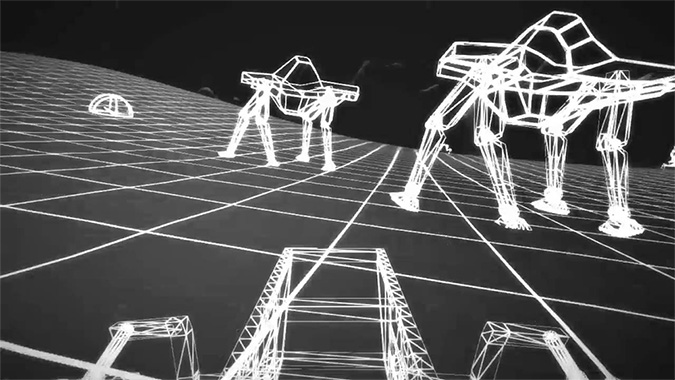
Nearly 40 years after the publication of Nicholas Negroponte’s “Soft Architecture Machine”, the experimental nature of computational architecture continues to raise questions related to our perception of the architectural object, and in particular the way it expresses the instability of our world. For Negroponte, two prevailing models define the relation between the object and its environment. The first is qualified as “problem solving” and engages with the building of models that view the world as a set of well-defined parameters. These context-oriented parameters continuously compose, decompose and recompose our perception of the world while assuring a “comprehensive whole”. The second model is coined as “problem worrying” and takes in consideration the meaning of the context in which the experiment takes place. Here, past experiences, learning processes, sensory control and psychological stimulus between man and machine are seen as primary sources of interaction. As Negroponte acknowledges, it is rather difficult, if not severely simplistic, to classify experiments in computational architecture solely on such bipartition. And yet, in the following notes on the nature of today’s experimentation in computational architecture, I propose to assess the relation between these two models, which I would call respectively deductive and inductive experimental models. This consideration is crucial today if considering the persistent dialogue between morphogenetic models and atmospheric desires that inhabit the world of digital architecture since the first experiments of Ivan Sutherland.